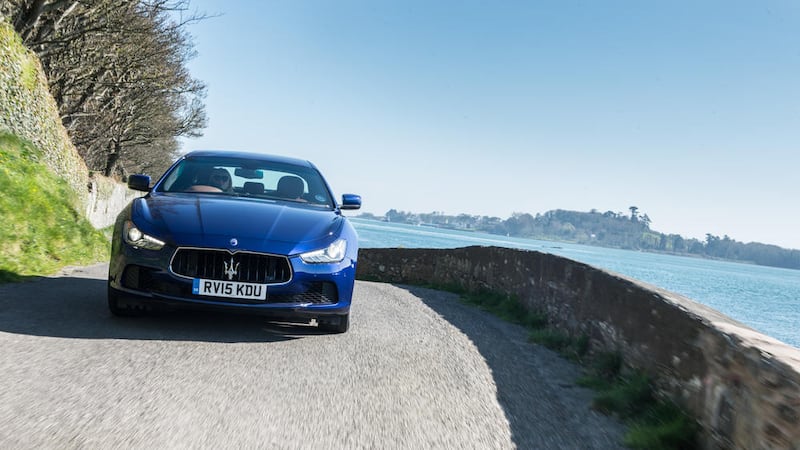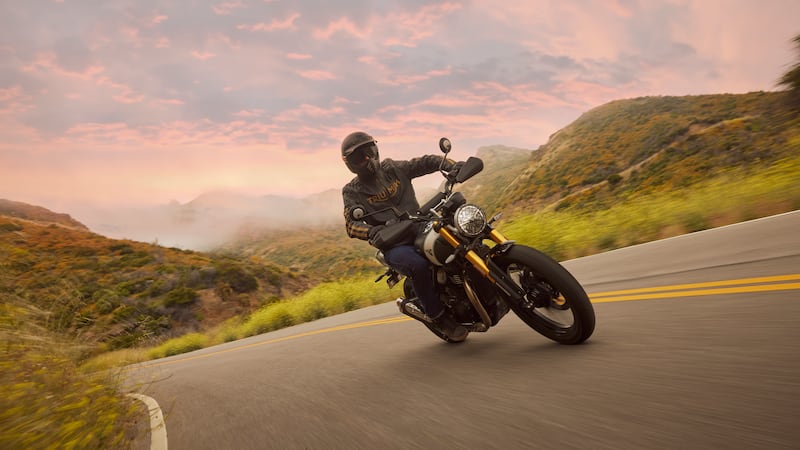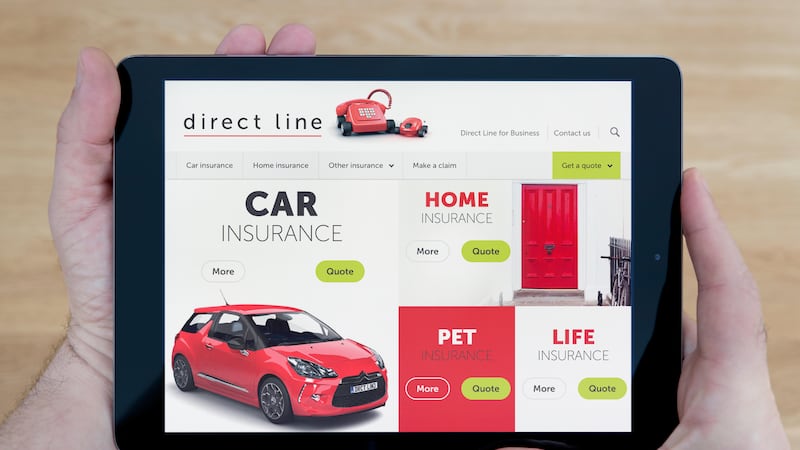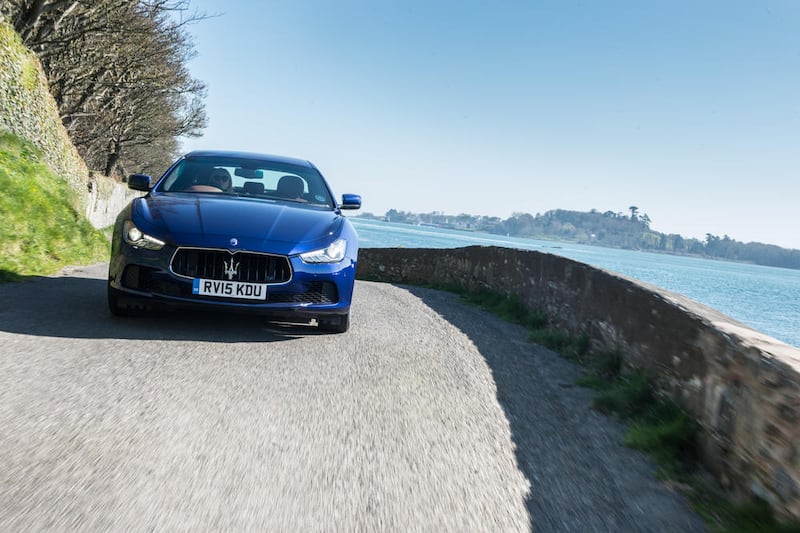HERE'S a no-brainer for you: if you could put a brand new Maserati sports saloon on your driveway for the price of a BMW 5 Series or Audi A6, would you?
The answer, of course, is yes. Or at least it should be. To do otherwise would be like choosing a Big Mac when, by some miracle, you could have a prime cut of salt-aged beef for the same money.
For all the Teutonic excellence of their engineering, a BMW or Audi is just a bit, well, common.
A Maserati, on the other hand, is something else entirely. It's an Italian manufacturer of sports and grand touring cars, a marque drenched with emotion and glamour, its heritage laced with the exploits of Stirling Moss and Juan Manuel Fangio.
You don't even have to know that much about cars to realise that Maserati is one of the most impossibly evocative names in the history of the automobile.
The famous Maserati trident badge denotes something special and exotic; something that feels expensive and bespoke, like an Ermenegildo Zegna suit or a pair of Gucci loafers.
That's all rather wonderful but it doesn't necessarily help you sell that many cars - certainly nowhere near as many as BMW or Audi - or even make that much money.
Maserati might have happy channelling its like-a-Ferrari-but-less-shouty-and-more-practical, with magnificent cars like the GranTurismo - a firm Drive favourite - finding favour among a discerning clientele, but its Fiat overlords have other ideas.
The plan over the next year or two is to grow global sales from around 6,000 annually to 40,000, with a target of 75,000 by 2018. By then, if all goes as Maserati hopes, the company will have also massively grown its revenues to around €6 billion and profits to more than €650 million.
That is never going to happen by selling big grand tourer coupes and super-luxury saloons, so Maserati is hunting for all these extra sales with two new cars aimed at the heart of the luxury car market.
Within the next 12 months an SUV - Maserati's first - called the Levante will arrive to take on the Range Rover Sport and Porsche Cayenne in what is the fastest-growing part of the market.
But the spearhead of this growth push is the car featured on these pages. Reviving a model name from the company's past, the Ghibli is a sports saloon targeted exactly at the upper reaches of the BMW 5 Series, Audi A6, Jaguar XF and Mercedes-Benz E-Class ranges, extremely talented cars all.
The vast majority of cars sold in this class are powered by four-cylinder 2.0-litre diesel engines but the Ghibli is available only with six-cylinder units - two petrol and one diesel, the first to find its way into a Maserati.
Unlike someone who has bought a 3.0-litre, six-cylinder BMW 530d but whose car looks identical to a lowly 2.0-litre, four-cylinder 520d, the Ghibli owner need never have to explain that their particular car has the bigger engine, or the better equipment or, to put it bluntly, cost more.
These things matter, especially in the world of the business users who buy these sorts of cars.
If a Ghibli in the office car park gives off an unmistakably top-of-the-range vibe, it also has the important advantage of being something different.
By the time you've climbed the corporate ladder to the level where your company allows you to tick the box on the lease of a £50,000 car, in all likelihood you'll have already had a BMW. And an Audi. And maybe a Mercedes-Benz or Jaguar. It's time for something different...
And the Ghibli is different. First, it looks fabulous, with its low-slung grille, long bonnet and coupe-baiting silhouette. There are lovely details too, like the three little vents punched into the front wings - just like you get on a Granturismo - the chrome trident badge, standing proud and noble on the C-pillar, and four fat tailpipes, aimed at following traffic like bazookas. Where the 5 Series/A6/E-Class are oh-so-familiar, the Ghibli is look-at-me striking.
Inside, it's a similar story. Maserati hasn't particularly tried to go toe-to-toe with Audi, who build the best interiors this side of Bentley, but has done its own thing. That means you sit behind a swoopy dashboard amid a confection of soft Italian leather.
Again, it is the details that impress and set the Ghibli apart from the opposition: the little analogue clock set atop the middle of the dashboard, complete with a dinky sunshade, is a lovely touch; so too are the long metal gearshift paddles mounted behind the steering wheel.
Unlike the feeble efforts found elsewhere, these have a tactility to their feel and action that makes them rather satisfying to use.
Something Maserati has learned from its German rivals is how to tempt customers with a long and expensive options list. By the time you've ticked the boxes for metallic paint, plusher leather trim, beefier alloy wheels and an upgraded stereo, your £50,000 Ghibli is a lot closer to £60,000... Still, the same is true for anyone ordering a 530d or 3.0-litre A6.
The Ghibli's diesel engine is a 3.0-litre V6 turbocharged unit and is expected to account for at least 70 per cent of sales.
Its figures are at least a match for its rivals (see panel) and, in truth, whatever you look at it all of these cars are very evenly matched on paper,
It's much the same story on the move, though if one were to be very picky, the Ghibli lacks the final micro-coating of polish that makes the BMW and Audi engines so outstandingly refined. Nor is its automatic gearbox as telepathically adept at sliding through the ratios.
Don't think the Ghibli's drivetrain is anything other than excellent though - we're talking the finest of fine margins here, and you have to remember that a 530d is a lovely, lovely thing to drive.
It's probably not as much fun as the Ghibli, though. The Italian car feels lighter on its toes, with handling tuned for entertainment and a rear axle that's happy to let you light up the tyres should the mood take you.
The ride is first class, even on the bumpier sections of the Ards Peninsula, and the Ghibli performs the same trick as all the best sports cars by shrinking around the driver who wants to press on.
And even if you don't, it never feels anything less than special. A German sports saloon might be a brilliant thing, but in a Ghibli you're driving something which allows you to imagine you're behind the wheel of an Italian thoroughbred, to feel like you're behind the wheel of a car with supercar DNA woven somewhere into its structure.
That's because it's a Maserati - and who among us wouldn't rather be able to say that they drive a Maserati instead of a BMW or Audi?



